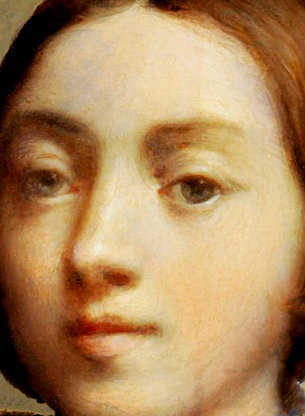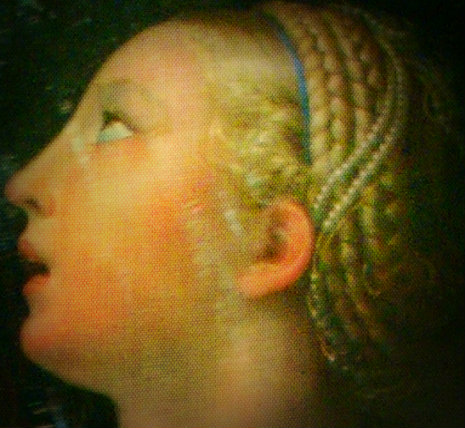Search:: Artists Alphabetically Artists by Country Artists by Century Artists by Movement
Parmigianino
(the little one from Parma)
1503-1540
Artistically and stylistically influenced the following painters - Correggio, Raphael and Michelangelo
Education - the painter spent time in the art studios of various uncles.
Cause of Death - He descended slowly into madness becoming obsessed with alchemy. According to Renaissance Art Historian Vasari "He used his brains no longer for working out fine conceptions with his pencils and colours, but wasted all his days instead over his charcoal and wood and glass bottles and such trash, spending more in a day than he earned in a week by his painting in the Steccata." His life became in a downward spiral. He was imprisoned in a small dank cell for several years before fleeing in the night with several other inmates. Penniless and homeless he died of a fever. He was just 37.

Biography
Sarah Tytler, author and art historian describes the artists life "Parmigianino, was a follower of Correggio's. In Parmigianino's case the danger of the master's peculiarities became apparent by the lapse into affectation and frivolity. 'His Madonna's are empty and condescending, his female saints like ladies in waiting.' Still there were certain indestructible beauties of the master which yet clung to the scholar. He had clear warm colouring, decision, and good conception of human life. He was highly successful in portraits. There is a splendid portrait by Parmigianino, said to be Columbus, in Naples. Among his celebrated pictures is 'The Madonna with the Long Neck,' in the Pitti Palace. An altar-piece in the National Gallery, which represents a Madonna in the clouds with St John the Baptist appearing to St Jerome, is a good example of Parmigianino. It is said that he was engrossed with this picture during the siege of Rome in 1527. The soldiers entered the studio intent on pillage, but surprising the master at his work, respected his enthusiasm and protected him."
Description and Characteristics of the Mannerist Style
The name mannerism comes from the Italian maniera, which translates to 'style'. Mannerism is an artistic style that was born in the early 1500s. The style originated in Italy and later widened to all of Europe. Mannerists paintings are characterized by elongated limbs, thin aquiline noses, tapering fingers, undersized heads, garish colors and elaborately mannered and contorted postures. There is usually a theatrical air of restless action. The Mannerists in Italy worked on commission for a restricted audience of Vatican powerbrokers and royalty. The subjects they painted were generally religious themes, portraits and sometimes mythology. El Greco spurned the lavish commissions in favor of artistic freedom and went off to Spain and to pursue his own extraordinary vision.

Masters of The Mannerist Style
☼☼☼☼☼
Require more facts and information about the painter and the artists of the Mannerist style? Poke around every nook and cranny of the known universe for information this subject. Search Here
© HistoryofPainters.com If you like this page and wish to share it, you are welcome to link to it, with our thanks.